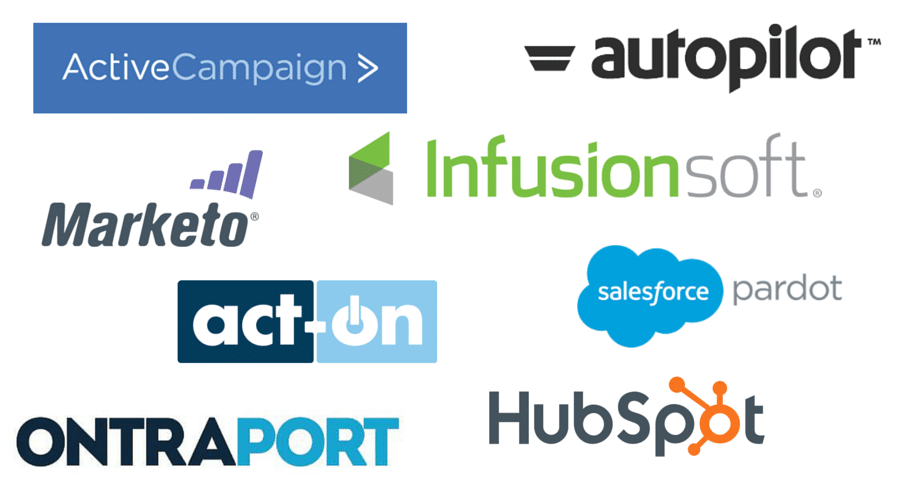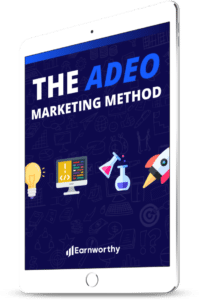Marketing automation has been steadily on the rise for the past decade, with 49% of companies now implementing it according to Emailmonday. What is marketing automation, how does it work, and should you be using it?
Marketing automation defined
As your business grows, marketing remains paramount, but it can become even more complicated as the various marketing functions grow with your business. With the rise of digital marketing, the complexity has multiplied. This is where marketing automation comes in.
You may have heard about marketing automation, but what exactly is it? Well, marketing automation takes the form of software that allows your organization to automate steps of the creation, publishing, and analysis of marketing campaigns. It is often implemented by signing up for a service where all marketing channels are centrally managed through one convenient user interface.
According to one report, in 2015 91% of the most successful marketing automation users agree that it is “very important” to their overall success.
How does marketing automation work?
Let’s take a look at how marketing automation operates. With the rise of digital marketing, a vast number of new channels have opened up to reach customers. These include websites, landing pages, social media platforms, apps, blogs, emails, ad placements, and more. Anyone who has managed just one marketing campaign manually knows it is a lot of work in terms of research, management, tracking, and analysis.
However, the work only compounds with each different channel. Then the question comes, how do all of the channels fit together? Are customer’s crossing over from one to the other? When are they buying? What is the return on all of this online marketing your company is investing in?
All of these questions can be answered with the use of marketing automation software. It allows you to manage your entire online marketing efforts from one central location. In fact, what has been discovered is that all of the online channels do in fact work together. Not only that, each channel has a specific purpose, like a step on a ladder to customer conversions.
So with the right marketing automation platform, you can identify where your customers are coming from and the path they take to make a purchase, and then you can optimize each step along the way.
Furthermore, you are able to work on building long lasting relationships with existing customers by tracking their buying behavior and sending them automated, relative, timely messages.
Benefits of marketing automation
Marketing automation has many benefits for your organization. Let’s look at a few of the big ones.
- It saves you time. Marketing automation saves time in creation, publishing and tracking. It streamlines processes to allow for more focus on strategy and messaging, instead of the tedious logistics of the marketing.
- It is efficient. Marketing automation is far more streamlined than traditional forms of marketing. Other than saving time, it can save on labor costs as well.
- It offers CRM integration. This ensures that any leads generated will continue to be followed up, even if the first few contacts are not successful.
- It provides consistency. As one process includes all your marketing efforts, a consistent tone-of-voice for your brand is assured.
- Personalization. Automation allows you to create a unique experience for everyone targeted by a marketing campaign. Because each experience is so unique, people find it more inviting, and this means they are more likely to convert.
- Data collection. Marketing automation offers excellent data collection opportunities. These detailed reports can be analyzed later for future campaigns.
- Multichannel management. Automation allows you to manage multiple channels where your ideal audience members are found.
Popular marketing automation tools
When it comes to automation tools, there are many options available. As each tool has their own unique features and benefits it is important to research them before jumping in and selecting one. Many offer free trials which allow you to try them out for a period, finally deciding on the one that works best for your organization.

While this is by no means a comprehensive list, some of the more popular platforms include:
Best practices to get started
When starting out with marketing automation, here are a few best practices:
- Shop around to find the marketing automation tool you like best. Take advantage of the free trials.
- Sign up and log in. Sync all of your information so that you can view and manage all of your marketing data in one place.
- Explore the available features of each platform to see how it may help you optimize each area of your marketing campaigns.
- Begin tracking the results of changes you make right away.
- Look into the available training offered by the tool you are using. Many offer invaluable advice on launching automation campaigns.
- Create a marketing plan for your next automated marketing campaign and track the results.
Marketing automation allows you to stay in close communication with your customers on a personal basis, just like when a business first begins, but on a very large scale. It also gives you insight into how to structure your content and how all your channels can benefit each other.
Essentially, you are taking the many pieces of your marketing puzzle and putting them together. Implementing this process is not only extremely beneficial, it is necessary in order to stay competitive in your industry.

With these powerful platforms available, there’s no reason to ignore the power of marketing automation and the effect it can have on your marketing efforts.
If you have any specific questions about marketing automation tools, or choosing the right platform for your needs, feel free to reach out in the comments below, on Twitter, or via email.





